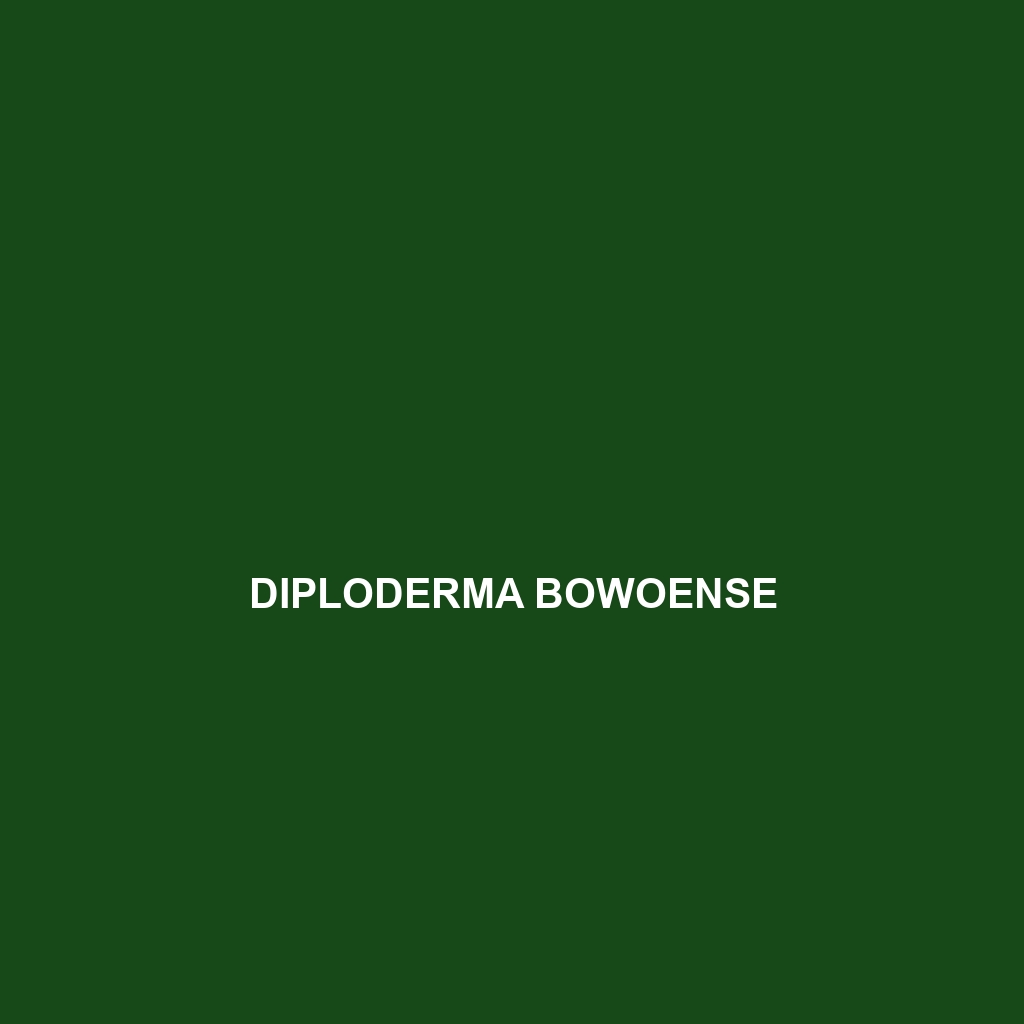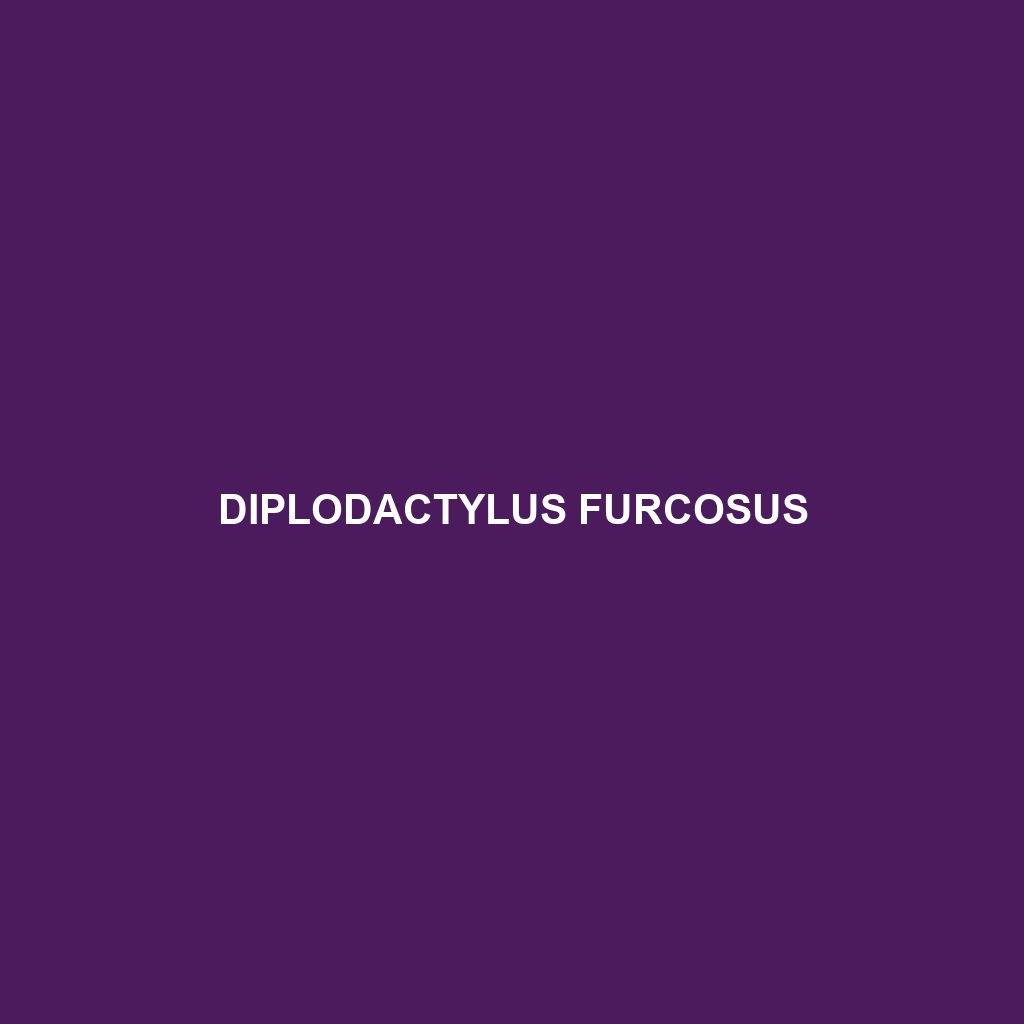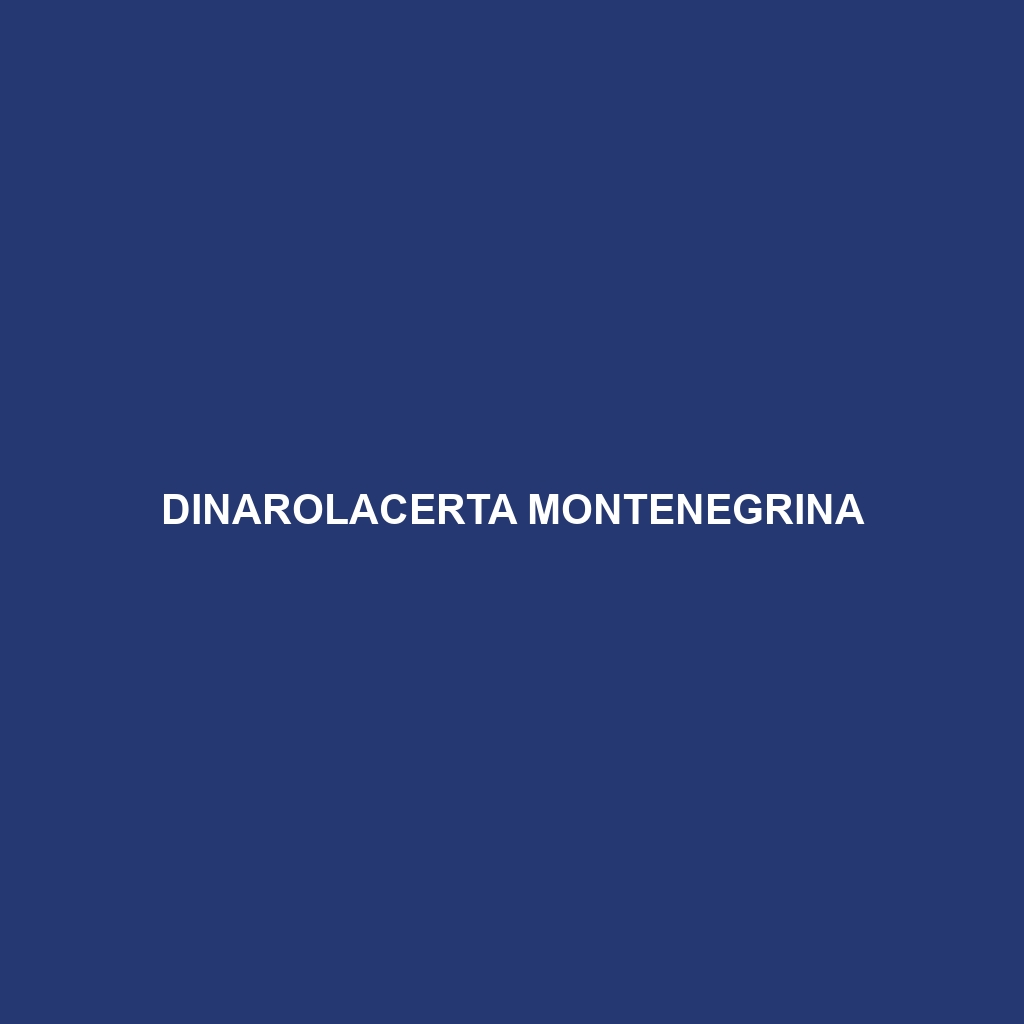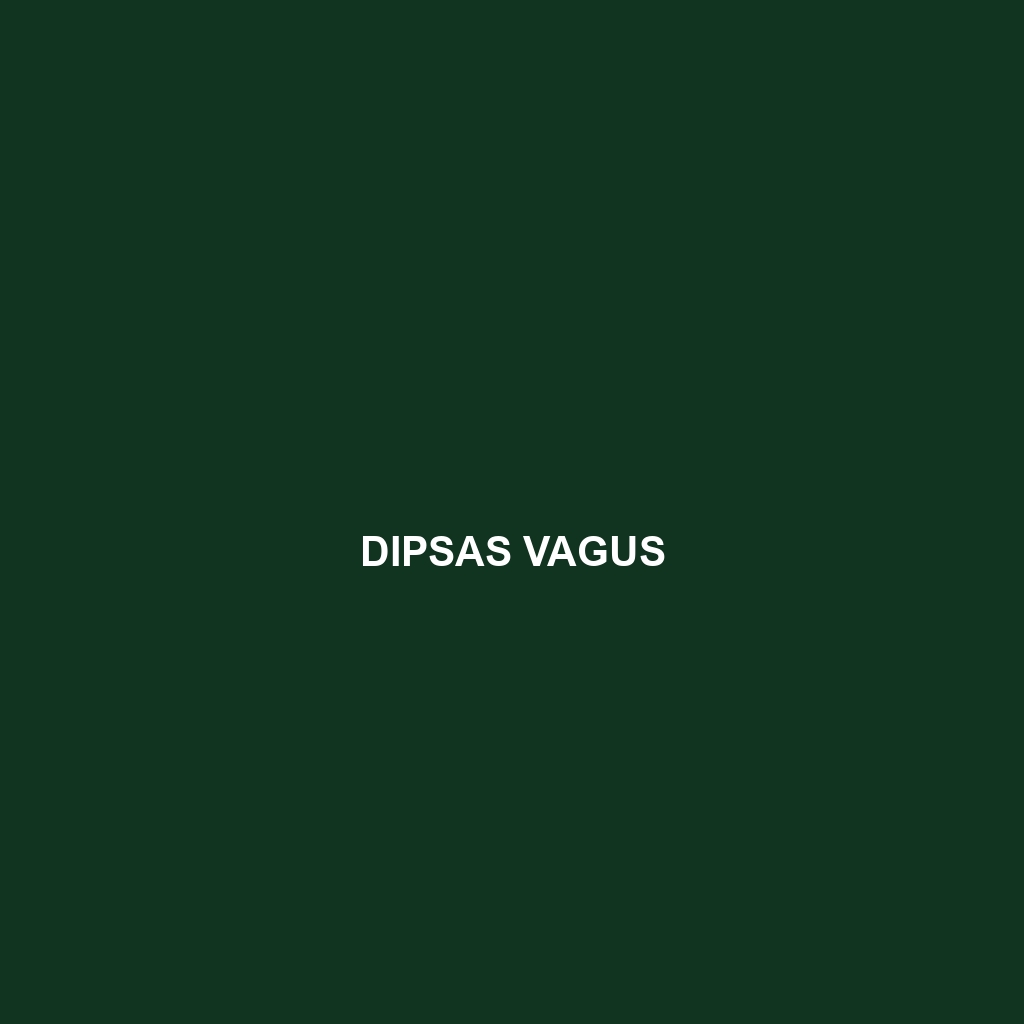
Tag: insectivorous reptiles
-

Diploderma batangense
Diploderma batangense, commonly found in the mountainous forests of Southeast Asia, is a vibrant, arboreal lizard known for its frilled neck, impressive climbing skills, and diverse diet of insects, fruits, and leaves. Currently classified as vulnerable, this species plays a crucial role in controlling insect populations and maintaining ecological balance within its habitat.
-

Diplodactylus wiru
Introducing the Diplodactylus wiru, or wiru gecko, a medium-sized reptile native to Australia’s arid regions, boasting remarkable sandy-brown coloration for excellent camouflage. Nocturnal and insectivorous, it thrives in rocky outcrops, playing a crucial role in its ecosystem by controlling insect populations.
-

Diplodactylus pulcher
Diplodactylus pulcher, commonly known as the ornate rock-dwelling gecko, is a nocturnal insectivore native to Australia’s arid regions, recognized for its striking coloration and agility on rocky surfaces. This robust gecko plays a crucial role in controlling insect populations and is an integral part of its ecosystem.
-

Diplodactylus nebulosus
Diplodactylus nebulosus, or spotted gecko, renowned for its distinctive grey and brown patterns, robust body, and exceptional climbing abilities. This nocturnal species thrives in Australia’s arid environments, preying on insects and playing a crucial role in maintaining ecosystem balance.
-

Diplodactylus lateroides
Southern Leaf-Tailed Gecko (Diplodactylus lateroides), a slender, nocturnal lizard native to Australia’s arid regions, known for its impressive camouflage and climbing abilities. This insectivorous species plays a vital role in its ecosystem by regulating insect populations and serving as prey for larger predators.
-

Diplodactylus granariensis
Granary Gecko (Diplodactylus granariensis), a nocturnal lizard native to southeastern Australia, known for its excellent camouflage, climbing abilities, and diet rich in insects. With a length of 10-15 cm, this fascinating species plays a crucial role in pest control and contributes to the biodiversity of its arid and semi-arid habitats.
-

Diplodactylus furcosus
Diplodactylus furcosus, a medium-sized gecko from Australia known for its distinctive camouflage and nocturnal behavior. This insectivorous species thrives in rocky outcrops and arid regions, playing a vital role in maintaining ecological balance while showcasing the remarkable ability to regenerate its tail.
-

Diplodactylus custos
Diplodactylus custos, or southern leaf-tailed gecko, known for its distinctive leaf-shaped tail and exceptional nocturnal climbing abilities. This species thrives in southeastern Australia’s arid woodlands and plays a vital role in controlling insect populations while exhibiting fascinating camouflage techniques.
-

Dinarolacerta montenegrina
Dinarolacerta montenegrina, or Montenegrin lizard, a stunning 25-30 cm long reptile known for its vibrant colors and adaptability in rocky, mountainous terrains of the Balkans. As a vital insectivore, it plays a crucial role in maintaining ecological balance while facing vulnerabilities from habitat loss and climate change.
Search
Popular Posts
-
Dipsas ventrimaculata
striking Dipsas ventrimaculata, or Ventrimaculate Snake, known for its slender body and striking camouflage. Found in the tropical forests of Central and South America, this nocturnal predator primarily feeds on slugs and snails, playing a vital role in its ecosystem.
-
Dipsas variegata
captivating Dipsas variegata, or variegated snail eater, a striking snake with dark brown and yellow bands, thriving in the humid rainforests of Central and South America. This non-aggressive, nocturnal predator specializes in consuming land snails, playing a crucial role in maintaining ecological balance.
-
Dipsas vagus
Dipsas vagus, or Vagus Snake, a slender, non-venomous species native to tropical Central and South American rainforests, known for its brown and gray camouflage and a diet primarily consisting of slugs and snails. Classified as Vulnerable, this fascinating snake plays a crucial role in its ecosystem by regulating prey populations while employing cryptic behavior to…
Categories
Archives
Tags
animal adaptations (713) animal behavior (4666) animal reproduction (763) bat species (661) behavior (915) biodiversity (6774) conservation (1670) conservation efforts (1415) conservation status (4595) diet (2090) echolocation (822) ecological balance (1400) ecological role (1276) ecology (789) ecosystem (1468) ecosystem role (2606) ecosystem roles (632) endangered species (2368) environmental conservation (657) habitat (3224) habitat conservation (884) Habitat Destruction (922) habitat loss (2877) insectivorous reptiles (643) IUCN Red List (1343) nocturnal animals (2688) nocturnal behavior (2186) omnivorous diet (594) physical characteristics (1958) reproduction (2835) reptile conservation (846) rodent (677) rodent species (1325) seed dispersal (2043) Seed Disperser (950) seed dispersers (590) small mammals (1163) snake reproduction (589) South America (773) species description (713) tropical forests (932) Vulnerable Species (4332) wildlife (2506) wildlife conservation (4371) wildlife protection (799)



